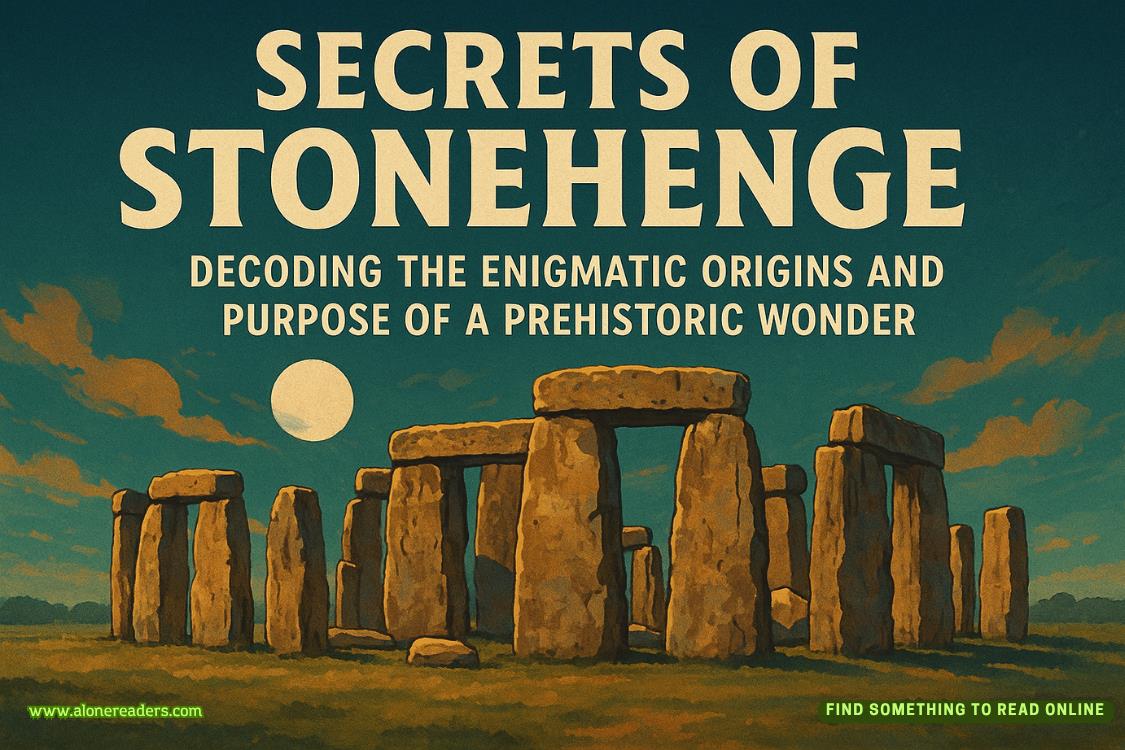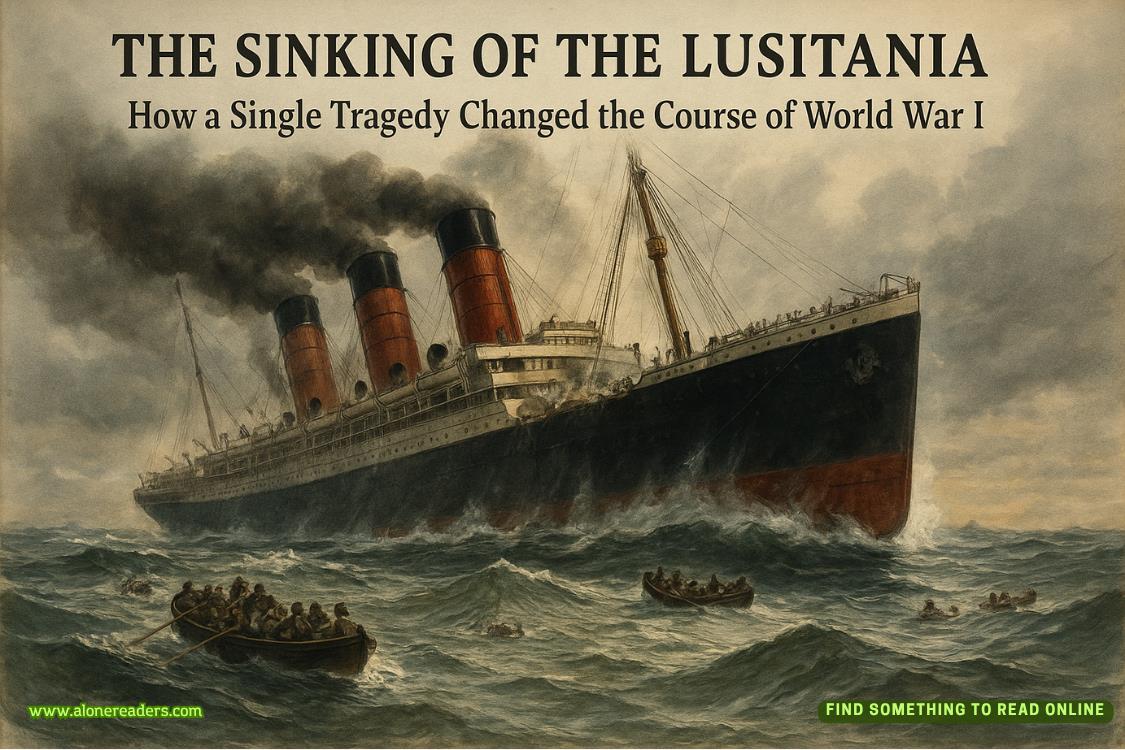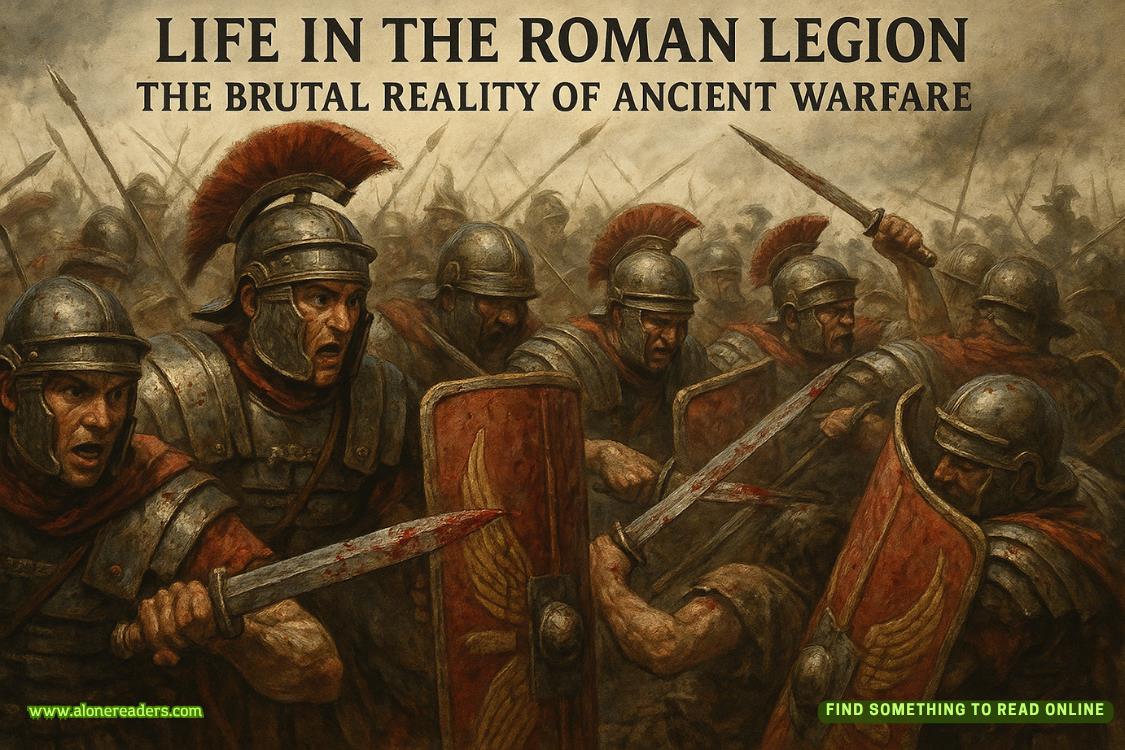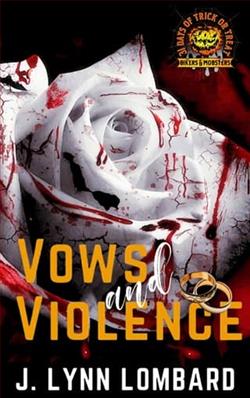Page 77 of Sharp Force
Graden Crowley led me into a room that looked like a prison cell. The alleged suicide victim was nude with a Santa cap covering his genitals, earning him the cruel moniker of Santa Crotch. I overheard a nurse calling him that when she didn’t think I was listening.
In a seated position on the floor, he was slumped forward, his legs straight out in front of him. His tongue protruded as if he was making a rude face on his way out. The strand of lights was lashed to the radiator and wrapped around his neck, rigor and livor mortis well advanced.
“Despite Shannon persistently calling the hospital since then,” I explain to Benton, “I’ve yet to get a medical history or even the names of the treating physicians.”
Beyond the hospital parking lots the grounds become more wooded. We’ve reached the shoreline’s millionaire row, as the press refers to the residential community of elegantly refurbished buildings.
Tudor-style with slate roofs, some brick but most timber andstucco, few are primary residences. Most windows are dark, no Christmas lights, the owners gone. I’m betting the killer was aware of that, I mention to Benton.
“I’m sure you’re right,” he says. “The Slasher scopes out every neighborhood he hits. He can send in holograms or simply his stealth drone by itself to gather information. He stalks, spies and harasses. So, yes. I would assume he knows the lay of the land very well.”
“All the more reason it’s odd if he didn’t know that Georgine Duvall wasn’t alone in the house,” I reply as we reach the former cemetery that was dug up and desecrated.
The site is occupied by the new fitness center, a handsome complex the same style as everything else. It would be an easy walk from the residences, and 13 Shore Lane is the grandest, with front-facing gables, a half-timber façade and portico. Heraldic stained glass flanks the red front door, the upper windows a mosaic of diamond-shaped panes.
Tiny white lights are haphazardly strung in urns of Japanese yew and Colorado blue spruce that do fine in cold weather. There are no candles in the windows, no wreath on the door, and that strikes me as unusual. Georgine Duvall loved Christmas. She once commented that unlike a lot of people, her childhood memories of the holidays were joyous.
I remember visiting her house in Charlottesville this time of year when Lucy was a freshman at UVA. Every so often I’d sit down with Georgine face-to-face. I’d ask about my niece’s progress.
Without violating patient confidentiality, the psychiatrist would give me insights in hopes I could be a more helpful aunt. A more open-minded, live-and-let-live one. I liked Georgine but didn’t agree with most of what she said.
That Christmas was the last time I sat down with her, and I envision us having tea in front of the fire. Fresh-cut trees were lighted and brightly decorated in the entryway and living room. Swags of evergreen entwined railings, outlining doorways and the fireplace mantel, the pine fragrance heavy in the air.
Now, here we are. She’s dead and I’m about to see her again after many years. I can’t help but think about how sad and strange that is as I look out at law enforcement vehicles. Alexandria P.D. cruisers, black Tahoe SUVs line the street, and Benton pulls in behind Blaise Fruge’s Ford Interceptor. But I see no sign of her.
Marino’s pickup truck isn’t here because he was riding with her when they responded to Zain Willard’s 911 call. I’m surprised Fabian and our transport van haven’t rolled up yet. I send him a text.
ETA?
“The place looks the same as when we first saw it,” Benton is saying. “Except when we were here it was springtime, everything blooming. I remember the property was beautiful, the garden right up your alley, the view of the river amazing. But the energy was disturbing.”
“I sensed the same thing. As if something awful once went on here. And it probably did.” I’m looking out at the crime scene van on the driveway.
Investigators withFBIemblazoned in yellow on the back of their dark jackets are obviously disgruntled, hanging around outside with their equipment. I can see them making angry comments as they huddle in the wind. Law enforcement doesn’t like waiting for me to show up. They often resent the medical examiner giving them instructions.
If some police investigators had their way, my office wouldn’t respond to scenes at all. We’d leave evidence collection to them. The forensic pathologist would do the autopsy but nothing more, the consequences unimaginable, especially when cases go to court.
Fabian answers me,At the first checkpoint.
Benton cuts the engine, and we climb out. I retrieve my field case from the backseat as a female FBI crime scene investigator calls out good morning.
“When do you think we can get in?” she asks us without coming closer.
“At least an hour but possibly longer depending on what I find,” I answer.
“We’ve been waiting that long already,” she informs me.
“I appreciate your patience.”
“We really need to get in there,” offers another investigator not nearly as polite.
“I know you do,” I sympathize.
“Maybe we could start in the basement? An area where you won’t be?” he suggests more aggressively.
“I don’t know where I’m going to be yet,” I tell them.
The fence enclosing 13 Shore Lane is taller than I am, and Benton inspects the gate for a moment. He shows me that it opens when someone is exiting the property but requires a key to enter.















